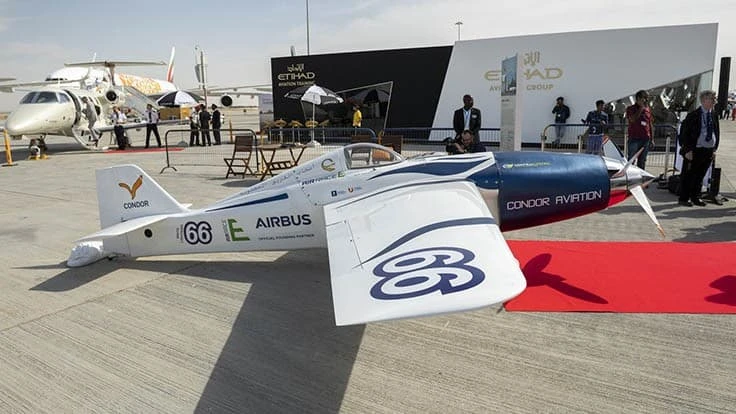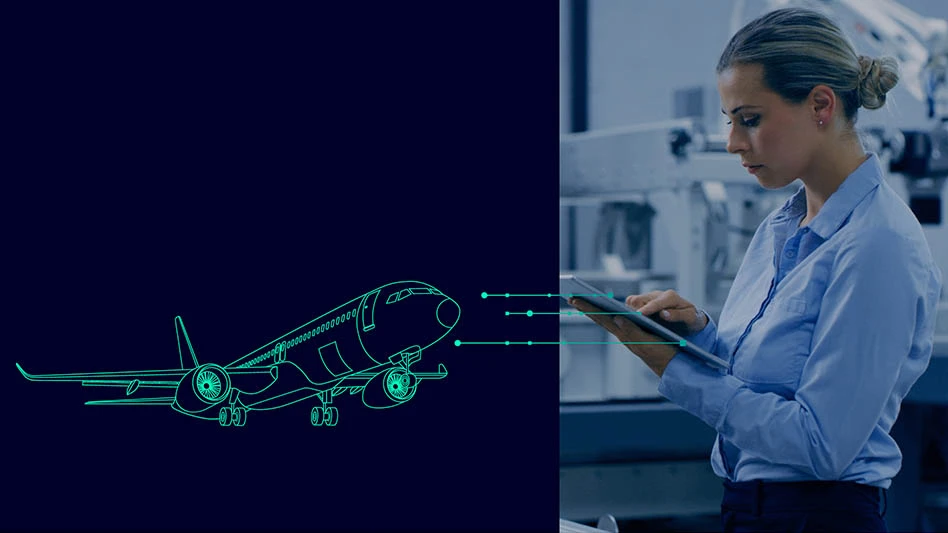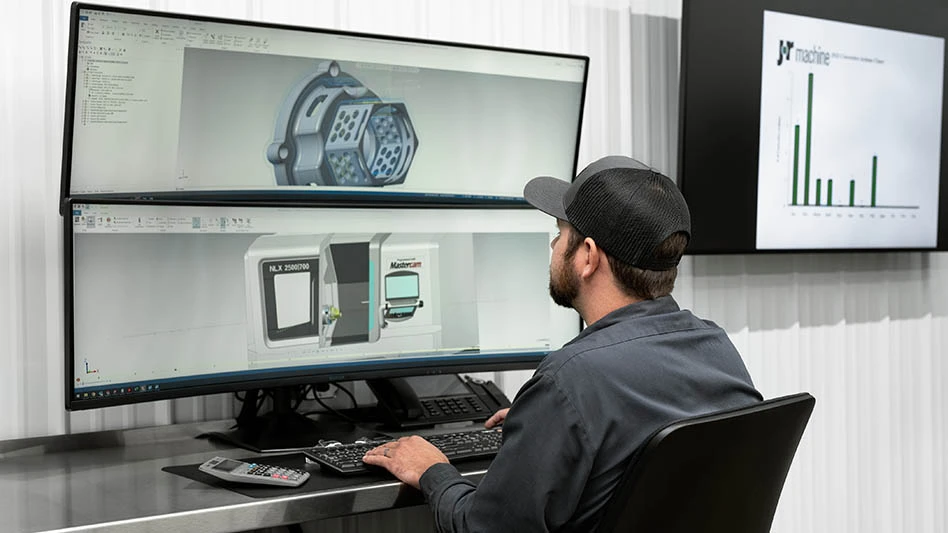
Airbus
The e-racer model from Team Condor Aviation is a retrofit of the winning White Lightning aircraft from Formula 1 races of the 1980s and 1990s. The 2019 Dubai Air Show marked the e-racer’s first public appearance in anticipation of the inaugural competition of the Air Race E racing series. Airbus is a founding partner of the electric aircraft competition.
Throughout the 1980s and 1990s, White Lightning raced in both handicap and Formula 1 races in several races per year. By the end of two decades in air racing, White Lightning had been twice crowned a champion – in Meaux, France, and in Rochester, UK – then fell into retirement. But this did not last: a new life was quietly hovering on the horizon.
Martyn Wiseman, the lead from Team Condor Aviation, took ownership of White Lightning, an older but still very popular Cassutt model with an airframe comprised of a welded-tube-steel fuselage and fabric-covered wooden wings.
As part of the retrofit for Air Race E, Team Condor Aviation has completely gutted the piston engine and swapped in Contra-Electric’s twin-motor, contra-rotating-propeller powertrain that provides continuous electric power. The fuel tank behind the engine has been replaced with a ~20 kWh battery.
For Martyn and his team, the major engineering challenge with the retrofit is finding the right balance between weight and power distribution. Specifically, the electric motor has the potential for a relatively high power-to-weight ratio compared to the original piston engine.
“The first step is to retrofit the aircraft with commercially available components to try to replicate the original performance,” explains Martyn. “As a second step, we will design a custom propulsion system to ensure the airplane is ready to race.”
Like Team Condor Aviation, other teams signed up to Air Race E are currently developing their own aircraft using existing airframes or from scratch.
Current teams, ranging from professional engineers and aerospace engineering students to hobbyists, will be free to build and fly their own designs if they conform to specifications defined by Air Race E that relate to various characteristics, including wing area, maximum power rating, and battery capacity.
Ultimately, each team will produce an all-electric, fixed-wing, front-engine aircraft. Because Air Race E has the same course layout and eight-lap configuration as traditional air races, the aircraft will need to be of similar size and comparable performance to classic racing planes.
“The design freedom allowed in Air Race E should give rise to some interesting concepts for electric airplanes,” says Jeff Zaltman, CEO of Air Race E. “And the galvanizing effect of a sporting competition should help to push the technology development of electric flight in the right direction.”
Team Condor aircraft specs
Power: 150 kW (max. continuous)
Battery: ~20 kWh
Aircraft type: Cassutt Racer (modified)
Engine type: Fully electric
Wingspan: 4.6m
Tail span: 4m
Weight: 375kg
Latest from Aerospace Manufacturing and Design
- Happy New Year
- 2024 Favorites: #1 Article –2024 Forecast
- 2024 Favorites: #1 News – Honeywell to expand Kansas aerospace manufacturing facility
- 2024 Favorites: #2 Article – Hill helicopters get ready for lift-off
- 2024 Favorites: #2 News – GE Aerospace to develop next phase of advanced engine
- 2024 Favorites: #3 Article – Generative design in aerospace
- 2024 Favorites: #3 News – Hadley engine flies for the first time
- 2024 Favorites: #4 Article – Data challenges affect nearly all manufacturers





